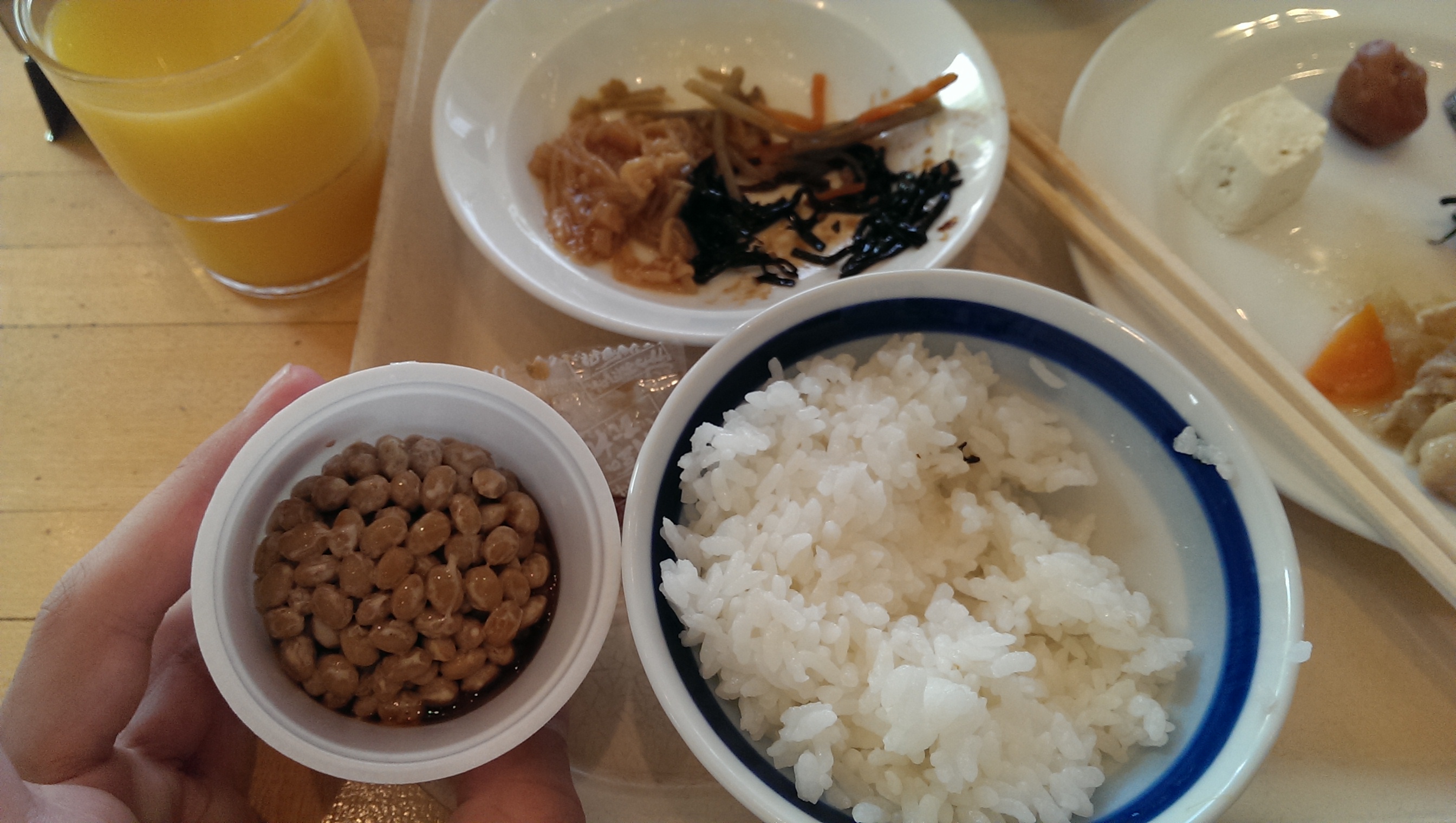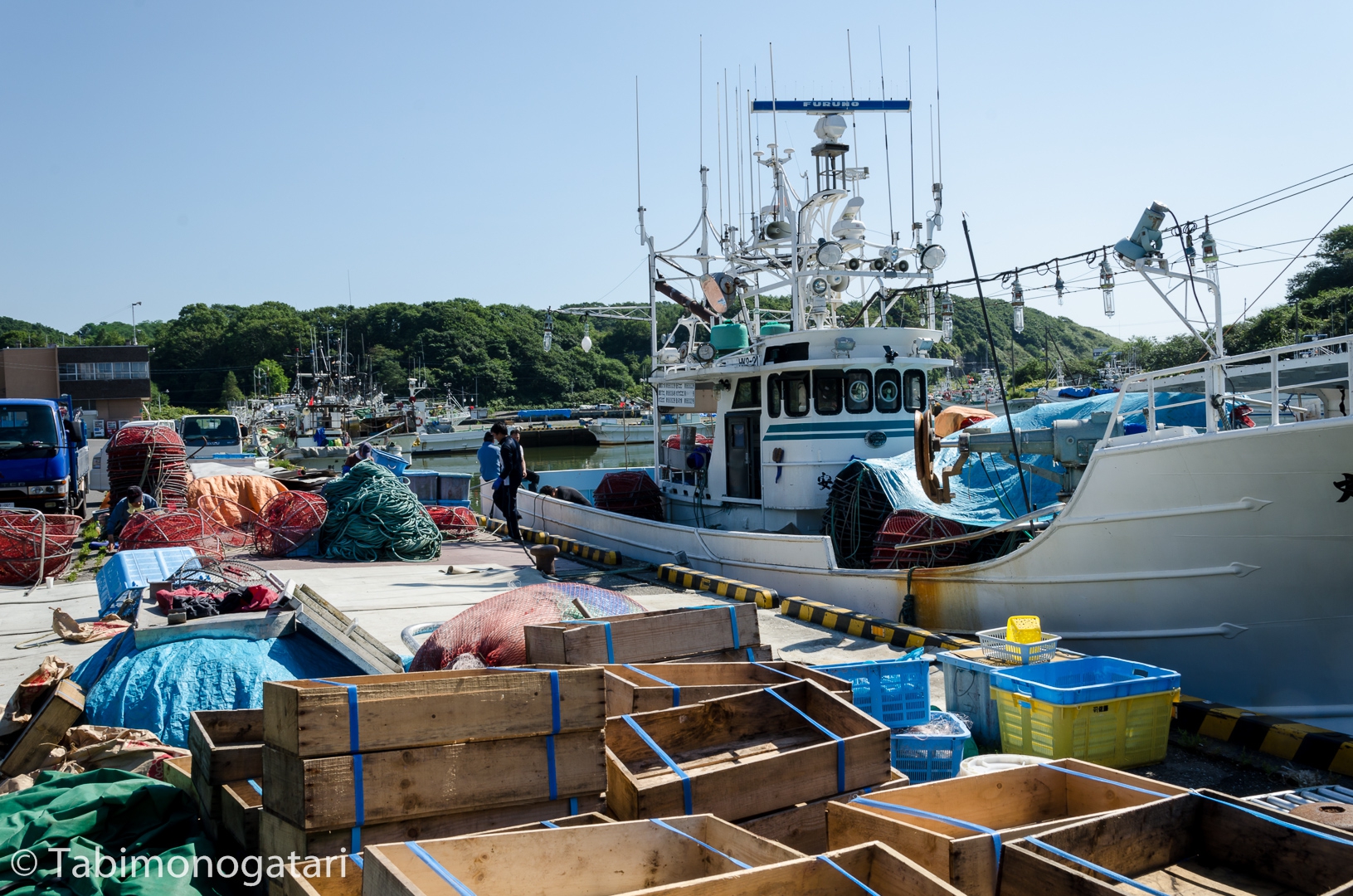After the luxury dinner yesterday I retreated to my room in the fourth floor. A yukata and sandals (geta) were prepared for the onsen visit. I made particularly sure to wear it the correct way. After changing I went to the hotel next-door. First, it was a bit strange to walk outside like this, but I was readily joined by other onsen visitors.
The place was really over the top. In order to find the bath I had to walk five minutes, pass souvenier shops and take an escalator and an elevator. The bathing fee was 2000 Yen but was free for hotel residents. The hotel I stayed at, Takimoto Inn, is cooperating in various ways with the Daiichi Takimotokan hotel, so I could use their shuttle bus from Sapporo and also enter the bath for free. I can very much encourage the stay for around 10’000 Yen (right now about 95 CHF, 75 EUR) including two meals and the onsen visit.
Japanese baths are enjoyed nude and are gender-separated. After undressing you can enter the bathing area. Before enjoying the hot baths you sit down to wash yourself thoroughly.

The bathing area was very large with two floors and an outside area. Every pool is filled with the hot spring water with temperatures around 40 degrees. There are all kind of different springs that are said to help with various health issues. Except the springs containing a substantial amount of Radium I can recommend any type.
I tried out different pools, some warmer and some colder ones as well as the sauna and the outside area.
Upon leaving do not take a shower again, otherwise you would rinse off the healthy minerals. Cold tea was offered for rehydration, but a bar serving alcoholic and non-alcoholic beverages was already closed.
The next morning I awaked to the lovely scent of sulphur. I left the window open and the hot spring was not that far away.
Breakfast was a mostly Japanese style buffet. In urban areas Western breakfast is often preferred nowadays, but having it the traditional way is worth the long effort to prepare it. I loaded my tray with a bowl of rice, a soup with Dashi basis, smoked salmon and some vegetables. I also picked up a small marmalade-sized cup of unknown content and a cup of coffee.
It turns out the small cup contained Natto. The unique Japanese dish, fermented soybeans is feared among foreigners and is not for everyone’s taste. Still, since I picked them up I would try them again this time. They are very chewy and make long thin strings even worse than Swiss cheese. The taste is not particular my favourite but it is nothing that cannot be eaten.
The bus bringing me to the station departed only every other hour so I was not able to be picky. The bus fares in Japan are not expensive at all, I payed 340 Yen for the 7 km ride to the station. The next train to Hakodate would arrive in 40 minutes so I explored the area around the station. Very close was a small fishery harbour.
Back at the station I boarded the train bound for Hakodate, a limited express, the second-fastest train type. The Shinkansen, comparably to the German ICE does not serve Hokkaido yet, but at every big station there are advertisements promoting the opening of the next course section from Aomori to Hakodate next year. The extension to Sapporo will be finished in a few years.
Most coaches are entirely reserved, so it is handy to make a reservation beforehand. With the Japan Rail Pass there is no reservation fare so I strongly encourage to check the schedule on sites like Hyperdia and plan ahead.
Two hours later I arrived in Hakodate.




